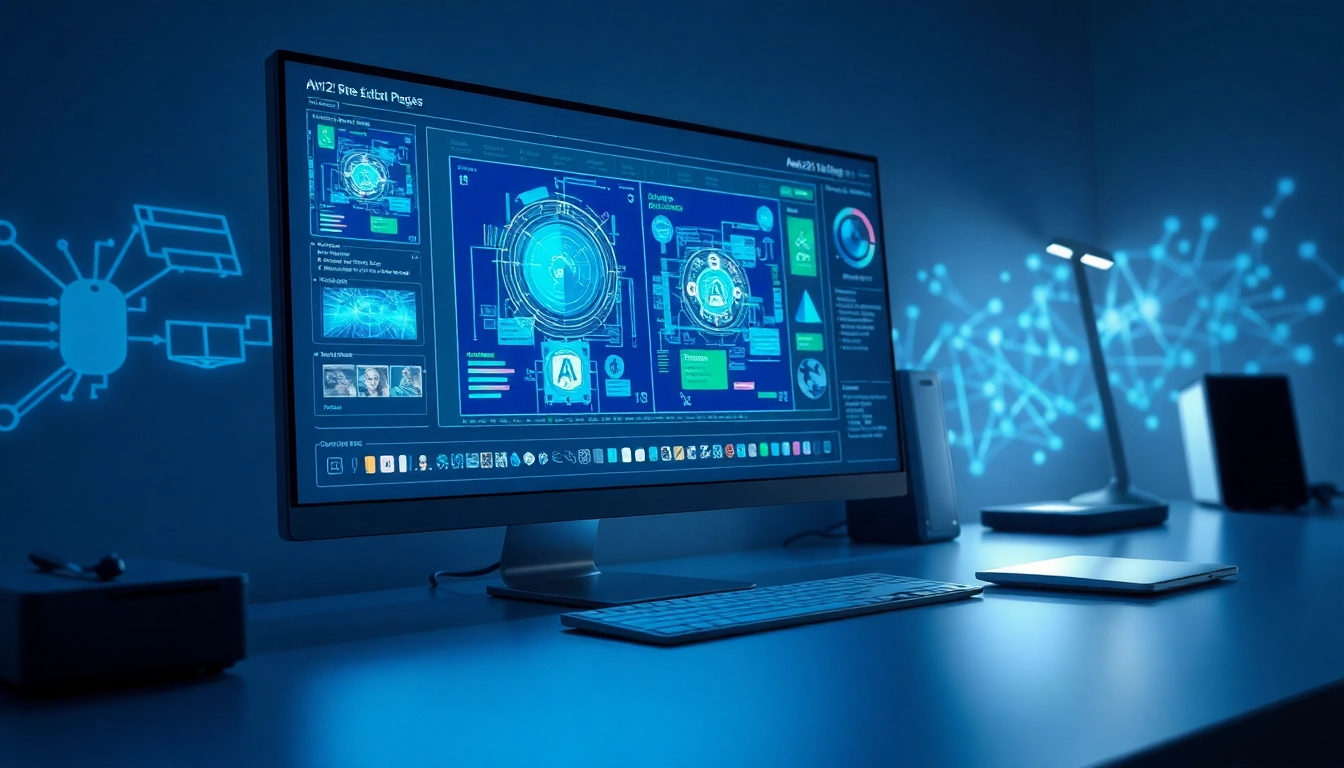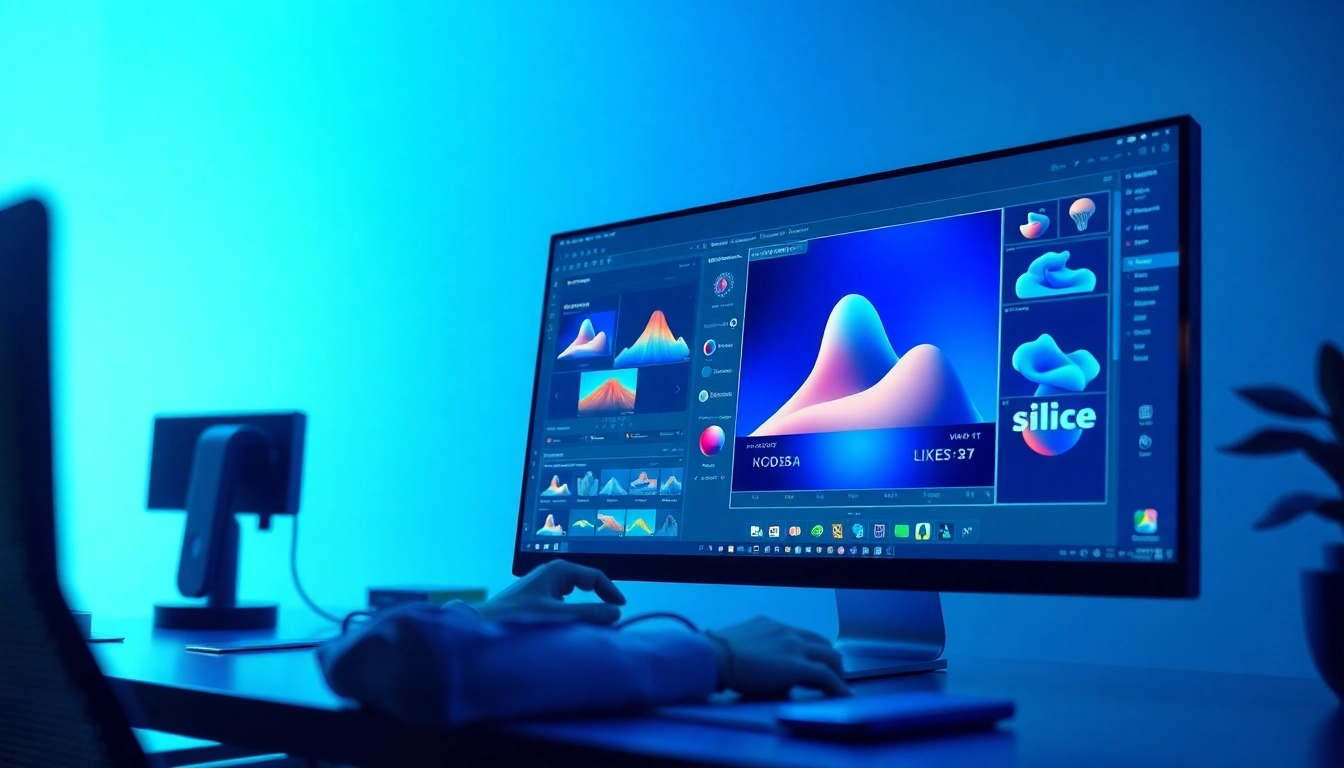Introduction: The Evolution of AI Image Editing Technologies
Over the past decade, artificial intelligence has revolutionized the realm of digital creativity, transforming how images are edited, generated, and manipulated. From basic automation tools to sophisticated neural networks capable of understanding complex visual contexts, AI-driven image editing has become an indispensable part of both professional and amateur creative workflows. Early tools primarily focused on simple enhancements—adjusting brightness, cropping, or applying filters—yet they lacked the nuanced understanding of images necessary for truly intelligent editing. As AI research advanced, new models emerged that promised to interpret images more deeply, leading to breakthroughs like Flux Kontext and Gemini 2.0 Flash. These tools introduced capabilities such as background swapping, color adjustments, and object repositioning, but still fell short of genuine contextual comprehension and logical reasoning. Today, the industry witnesses a new paradigm emerging: nano banana ai, a groundbreaking innovation that claims to outperform all existing competitors by integrating advanced reasoning capabilities that mirror human-like understanding of images. This evolution signifies a shift from superficial edits to truly intelligent image manipulation, setting the stage for a future where AI not only assists in creative tasks but comprehends the intent and context behind every pixel.
What is Nano Banana AI? An Overview of Google’s Revolutionary Image Editor
Google’s Nano Banana AI stands at the forefront of next-generation image editing technology. Marketed as the most intelligent AI image editor available today, it claims to dramatically outperform competitors through its advanced reasoning, deep contextual understanding, and logical processing capabilities. Unlike traditional tools that rely heavily on pattern recognition and simple algorithms, Nano Banana AI is designed to “think” about images in a manner akin to human cognition. This means it can interpret complex visual scenes, maintain consistency across edits, and understand the underlying purpose of each modification. The platform is part of Google’s broader Gemini ecosystem, which integrates cutting-edge AI research with user-friendly interfaces for diverse creative and professional applications.
Built on a foundation of deep learning and multi-dimensional spatial awareness, Nano Banana AI’s core strength lies in its ability to analyze images comprehensively before executing edits. Whether swapping backgrounds while maintaining lighting consistency, adjusting specific elements without disturbing the overall composition, or performing intricate transformations that require an understanding of 3D space, the platform excels. This revolutionary approach makes Nano Banana AI not just another image editor but a paradigm shift—an AI that truly “comprehends” images, making it an invaluable tool for photographers, designers, marketing professionals, and large enterprises seeking precision and creative freedom in their visual content.
Core Features and Capabilities of Nano Banana AI
Advanced Reasoning and Contextual Understanding
At the heart of Nano Banana AI is its unparalleled reasoning engine. This feature enables the platform to interpret complex visual scenes and user directives with a level of nuance previously unseen in AI image editing. For example, when a user requests a background change, Nano Banana AI doesn’t merely replace the backdrop; it analyzes the scene’s lighting, shadows, perspective, and objects to ensure a seamless integration. It understands the contextual relationship between elements—such as how a person interacts with their environment—and preserves these relationships through the editing process. This deep understanding prevents common issues like mismatched shadows or disproportionate objects, delivering results that look natural and intentional.
Furthermore, Nano Banana AI can comprehend the “why” behind edits. Whether it’s enhancing a product shot for marketing, adjusting a portrait for aesthetic appeal, or creating a composite image for artistic purposes, the AI evaluates the intent behind the modifications. This reasoning ability allows it to suggest optimal edits, flag potential inconsistencies, and adapt dynamically to complex user instructions, making it a truly intelligent collaborator in the creative process.
3D Spatial Awareness
One of the most groundbreaking capabilities of Nano Banana AI is its 3D spatial awareness. Unlike conventional image editors that operate primarily in a 2D plane, this platform understands the three-dimensional structure of scenes. It recognizes depth, perspective, and spatial relationships, enabling highly realistic edits that respect the scene’s geometry. For instance, when rotating an object or changing an angle, Nano Banana AI adjusts shadows, reflections, and occlusions accordingly, preserving the scene’s coherence.
This spatial intelligence is particularly beneficial for tasks such as product visualization, virtual staging, and augmented reality integrations. It allows users to manipulate objects within a scene convincingly, ensuring that every change maintains spatial fidelity. The AI’s 3D comprehension also facilitates complex transformations—like turning a flat image into a pseudo-3D scene or creating multi-angle views—without sacrificing realism or consistency.
Consistency and Logical Editing
Another standout feature is Nano Banana AI’s ability to maintain perfect consistency throughout the editing process. When making multiple modifications—such as changing a person’s outfit, adjusting facial features, or altering background elements—the AI remembers previous edits and applies subsequent changes logically. This ensures that characters remain recognizable and elements stay coherent across different versions or layers of an image.
This capability is essential for commercial workflows where brand consistency and visual integrity are paramount. For example, in advertising campaigns, the same model must look identical across various images, even after multiple edits. Nano Banana AI’s logical reasoning ensures such continuity, saving time and reducing errors. Its ability to understand complex instructions and execute them with precision makes it a powerful tool for both quick adjustments and intricate compositions.
How Nano Banana AI Outperforms Competitors
Performance Metrics and Accuracy
In the realm of AI image editing, accuracy and performance are critical. Traditional tools like Flux Kontext and Gemini 2.0 Flash offer decent functionality but often struggle with maintaining detail, consistency, or contextual relevance across edits. Reports and early reviews suggest that Nano Banana AI achieves an accuracy rate between 95-99%, a significant leap over the 20-70% accuracy typical of other platforms. This high level of precision ensures that edits look natural, meet user expectations, and require minimal manual correction.
This superior performance stems from its advanced reasoning engine, which minimizes common issues such as artifacting, mismatched lighting, or distorted perspectives. The platform continually learns and adapts, refining its understanding of complex scenes and user preferences, thereby delivering results that are remarkably close to professional-grade outputs.
Case Studies and Practical Applications
Real-world applications of Nano Banana AI underscore its transformative potential. For instance, a fashion retailer used the platform to generate multiple product images with different backgrounds, clothing styles, and settings—all while maintaining perfect consistency of the models’ features and lighting conditions. The result was a cohesive visual campaign that reduced production time by over 50%. Similarly, a real estate company employed Nano Banana AI to digitally stage properties, accurately placing furniture and decor within 3D spaces to produce realistic virtual tours.
In the creative industry, graphic designers leverage Nano Banana AI for complex compositing, where traditional tools often require extensive manual work. Its ability to understand scene context enables artists to focus on conceptual creativity rather than technical adjustments, vastly increasing productivity and creative freedom.
Target Audience and Pricing Structure
From Casual Creators to Large Enterprises
Nano Banana AI caters to a broad spectrum of users, recognizing that the demand for intelligent image editing spans from individual hobbyists to large corporations. Casual creators benefit from its intuitive interface and powerful features, enabling them to produce professional-quality images without extensive technical knowledge. Small businesses and marketing teams find value in its ability to generate consistent visuals rapidly, reducing reliance on costly photo shoots and manual editing.
At the enterprise level, the platform offers scalable solutions, including custom integrations and dedicated support, to meet complex needs such as large-scale content production, virtual reality applications, and digital asset management. Its deep understanding and logical reasoning capabilities make it an indispensable asset for teams aiming for high-quality, consistent visual content at scale.
Cost-Effectiveness and Value Proposition
Pricing for Nano Banana AI is structured into three tiers: $29/month, $79/month, and enterprise packages. The entry-level plan provides access to core features suitable for individual creators and small teams, while the higher-tier plans unlock advanced reasoning, 3D editing, and priority support. The enterprise options are tailored for large organizations with extensive customization requirements.
Given its claimed accuracy rate of 95-99%, Nano Banana AI positions itself as a high-value investment. While some competitors might offer cheaper or more basic tools, the platform’s ability to deliver near-professional results quickly and with minimal manual intervention justifies the premium pricing. For businesses seeking to elevate their visual content quality and streamline workflows, Nano Banana AI presents a compelling return on investment.
The Future of AI in Visual Creativity
Ethical Considerations and Digital Watermarking
As AI-driven image editing becomes more sophisticated, ethical considerations surrounding authenticity and intellectual property gain prominence. Nano Banana AI incorporates digital watermarking—such as invisible SynthID markers—to clearly identify AI-generated images. This transparency helps combat misuse, misinformation, and copyright infringement, fostering trust between creators and audiences.
Moreover, the platform emphasizes responsible AI use, encouraging users to respect privacy, avoid deceptive manipulations, and adhere to industry standards. As AI continues to evolve, integrating ethical frameworks and digital safeguards will be essential to ensure technology benefits society without compromising integrity.
Potential Impact on the Creative Industry
The introduction of truly intelligent AI image editors like Nano Banana AI promises to revolutionize the creative industry. It democratizes high-quality visual production, enabling individuals and small teams to produce content previously limited to professional studios. This shift could lead to a surge in visual content creation, more personalized marketing, and rapid prototyping of ideas.
Additionally, traditional roles such as photo retouchers and graphic designers may evolve, focusing more on conceptual and strategic tasks, while AI handles repetitive or technically complex edits. The blurred lines between human creativity and machine intelligence will push the industry toward new horizons, fostering innovation and expanding artistic possibilities.
Conclusion: Why Nano Banana AI Represents a Paradigm Shift in AI-Driven Image Editing
In summary, Nano Banana AI is not merely another tool in the vast landscape of AI image editors. It embodies a fundamental shift toward intelligent, context-aware, and logically driven visual manipulation. Its advanced reasoning capabilities, deep contextual understanding, and 3D spatial awareness set it apart from competitors that rely on superficial pattern recognition. This technological leap ensures higher accuracy, consistency, and creative flexibility, making it suitable for a diverse array of users—from casual hobbyists to global enterprises.
As Google continues to develop and refine this technology, the implications for the future of digital creativity are profound. The platform’s ability to “think” about images as humans do marks the emergence of a new era—one where AI acts not just as a tool but as a true creative partner. With its scalable pricing structure and impressive performance metrics, Nano Banana AI is poised to lead this revolution, reshaping how visual content is produced, edited, and experienced. For those interested in staying at the forefront of AI-driven creativity, embracing this paradigm shift is no longer optional—it’s essential. To learn more about this groundbreaking technology, explore further at the official site and consider how google nano banana is redefining the future of visual innovation.




